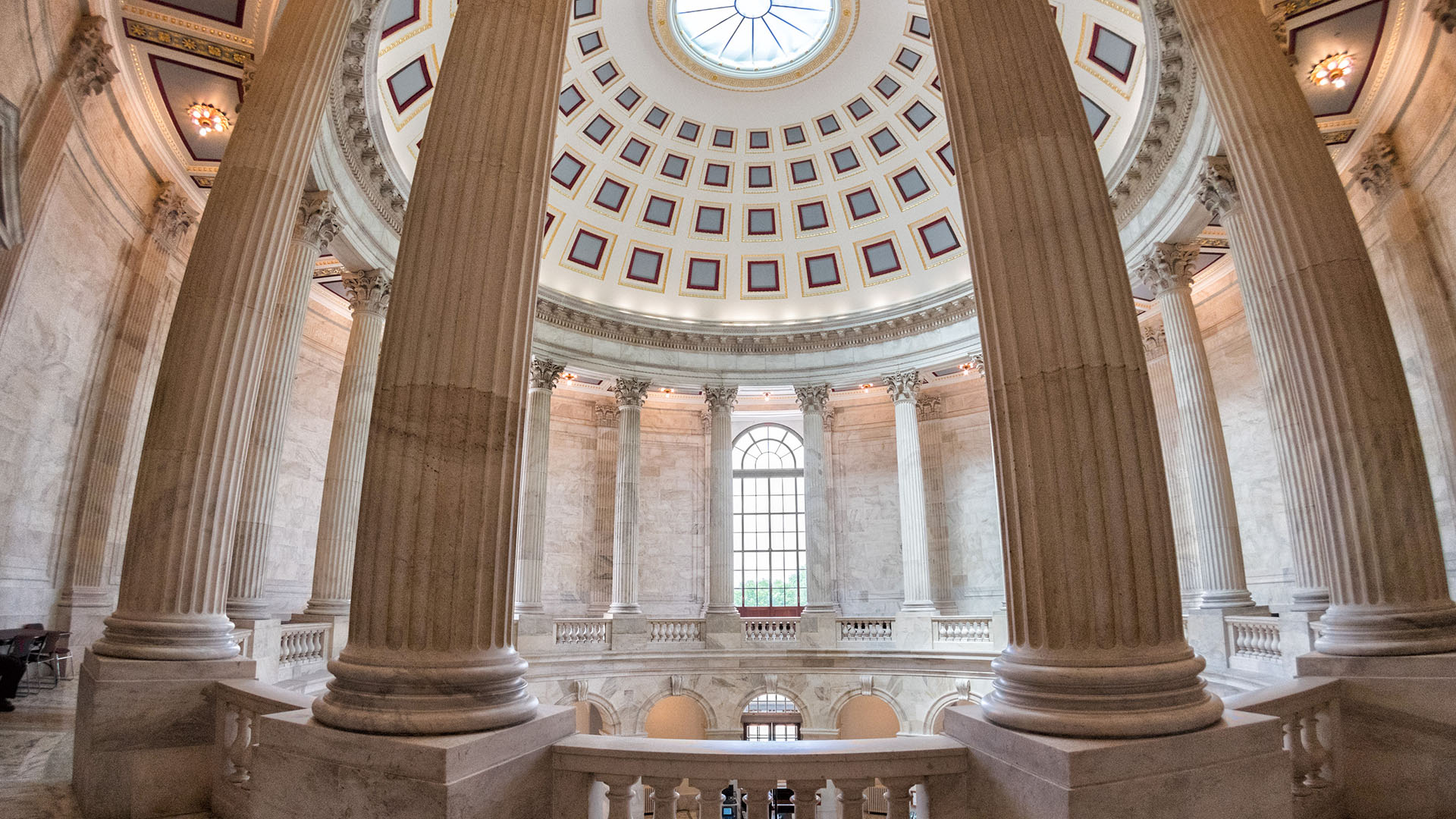
Publication
Navigating international trade and tariffs
Recent tariffs and other trade measures have transformed the international trade landscape, impacting almost every sector, region and business worldwide.


United States | Publication | March 2024
On February 22, 2024, the United States Department of Justice (DOJ) issued its annual report and statistics regarding False Claims Act settlements and judgments. Although the report contained the headline grabbing “highest number of settlements and judgments in history” statement with 543 settlements and judgments in 2023, the recoveries for those settlements were lower than historical averages. The recoveries were US$2.6bn, which is more than 2022 and 2020 but lower than 2021, and is lower than each year from 2010 – 2019. With the 2023 amount, the recoveries since 1986 crossed over US$75bn. In short, the numbers support the DOJ’s common refrain that the False Claims Act remains the government’s most powerful weapon to investigate and address fraud against the government.
One historical trend that certainly carried forward was the prevalence of settlements in the health care industry—US$1.8bn of the US$2.6bn. The DOJ reported significant cases that focused on fraud in the Medicare Advantage (Medicare Part C) program, the largest Medicare component, specifically inaccurate information regarding the health status of beneficiaries to increase reimbursement. The report also noted settlements for unnecessary services and substandard care cases, the opioid epidemic and unlawful kickback cases. The health care and life sciences industries will remain top targets of qui tam whistleblowers in years to come, so companies should review the specific settlements noted in the report and tailor trainings and compliance programs accordingly.
The report also noted significant procurement fraud cases, and pandemic fraud matters, which resulted in 270 FCA cases and a recovery of US$48.3m in improper PPP loans. Additionally, the report highlighted the DOJ’s cyber-fraud initiative which launched in October 2021 to promote cybersecurity compliance by government contractors and grantees.
Finally, the report noted several settlements and judgments with individuals as it “continued its commitment to use the False Claims Act to deter and redress fraud by individuals as well as corporations.” Importantly, on the same day it released its annual report, the DOJ signaled in public remarks at the Federal Bar Association’s Qui Tam Conference that the department was committed also to “holding accountable third parties that cause the submission of false claims,” specifically identifying third party investors, including private equity and venture capital firms. Principal Deputy Assistant Attorney General Brian M. Boynton cautioned third parties who may “influence patient care” and “undermine medical judgment” by providing express direction on how a provider should conduct their business or indirectly by setting revenue targets or benchmarks to prioritize reimbursement.
The report highlighted that of the US$2.6bn in settlements and judgments, US$2.3bn arose from qui tam lawsuits and US$349m was paid out to whistleblowers. Additionally, in 2023 712 qui tam suits were filed (as well as 500 non qui tam), that cadence is nearly two new qui tam suits filed each day. Financial incentives of this magnitude virtually guarantee increased whistleblower activity.
Despite the somewhat lower recovery amount for 2023, the near record number of new cases filed (a very far cry from 31 filed in 1987) may lead to even higher recoveries in the future as the FCA marches on toward US$100bn in aggregate recoveries.

Publication
Recent tariffs and other trade measures have transformed the international trade landscape, impacting almost every sector, region and business worldwide.
Subscribe and stay up to date with the latest legal news, information and events . . .
© Norton Rose Fulbright LLP 2025